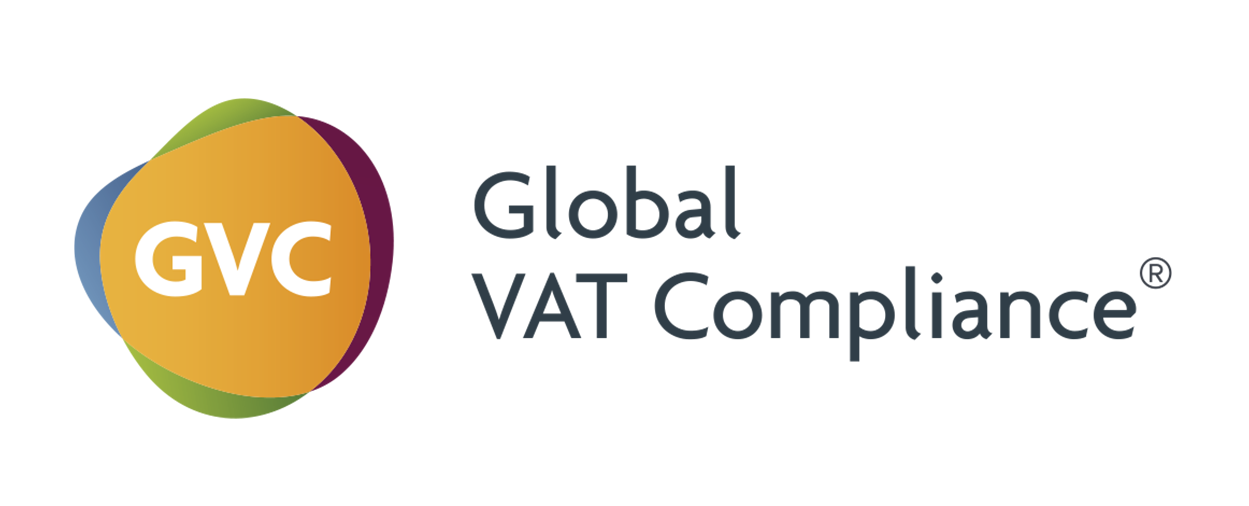- The EU VAT Gap increased to 89 billion euros in 2022 from 76 billion euros in 2021
- The gap now accounts for 7.0 percent of the total VAT liability, rising from 6.6 percent in the previous year
- VAT fraud and evasion are major contributors to the VAT Gap, with carousel fraud being particularly problematic
- The shift to e-commerce has increased challenges in tracking and collecting VAT
- Business closures and insolvencies lead to uncollected VAT, impacting overall revenue
- Economic pressures continue to affect VAT compliance, especially in the hospitality and retail sectors
- Structural weaknesses in VAT collection systems cause disparities in VAT compliance across EU Member States
- VAT Gap varies widely among EU countries, with Romania, Malta, and Greece having the highest gaps
- The Netherlands, Finland, and Spain have the lowest VAT Gaps, with the Netherlands collecting more VAT than estimated
- Digital VAT reporting and e-invoicing have improved compliance and helped in early detection of fraud
- EU-wide projects like ViDA aim to standardize real-time reporting across Member States
- Enhanced cross-border cooperation through networks like Eurofisc helps in combating VAT fraud
- Addressing inefficiencies in tax administration is crucial for reducing the VAT Gap
Source: innovatetax.com
Note that this post was (partially) written with the help of AI. It is always useful to review the original source material, and where needed to obtain (local) advice from a specialist.














